When it comes to kitchens, the popularity of all things smart and sanitary is soaring, as consumers gravitate toward antimicrobial features.
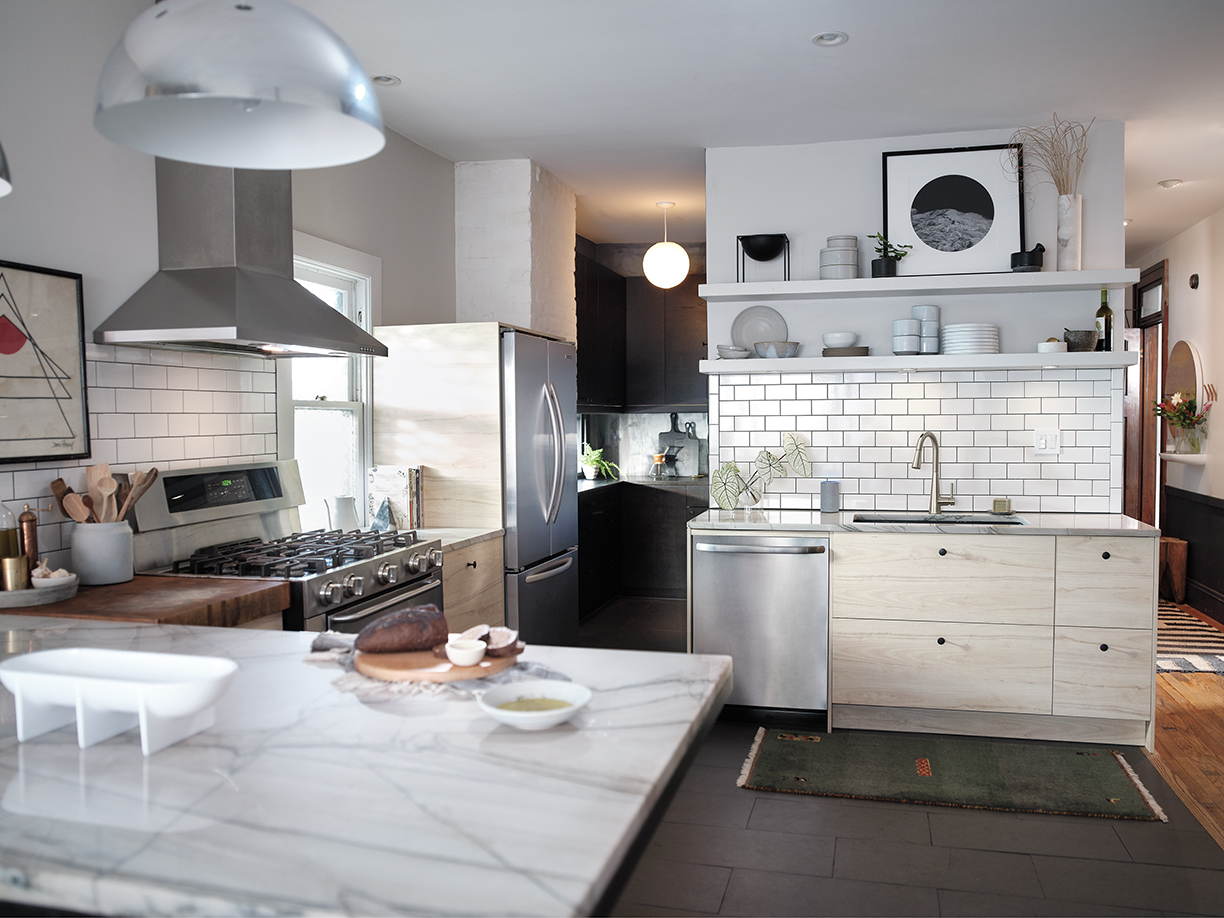
Almost a sous chef, innovative, hands-free faucets such as U by Moen fill pots with exact amounts of hot or cold water or anything in between.
Seemingly overnight, touchless faucets, easy-open drawers and an ever-growing array of kitchen tech morphed from “nice-to-have” amenities to “must-haves” as the desire for cleanliness and safety eclipsed convenience.
Indoor air quality, purified water and clean surfaces rank high with consumers. Before the pandemic, interest in wellness at home was on the rise; now, amenities that bring a hygienic benefit, particularly in the kitchen, top wellness demands. A desire for simplification with easy-to-clean cabinets and counters along with healthy living are micro themes expected to steer product development and design in the future, according to the National Kitchen and Bath Association.
Even trusted materials such as wood, cork and brass are now considered for their capacity to shed germs or resist contamination. “All our faucets are solid brass construction and therefore, by the very nature of the metal, have additional antimicrobial properties,” points out Noah Taft, senior vice president of marketing and sales at California Faucets, noting the benefit of brass over less costly materials
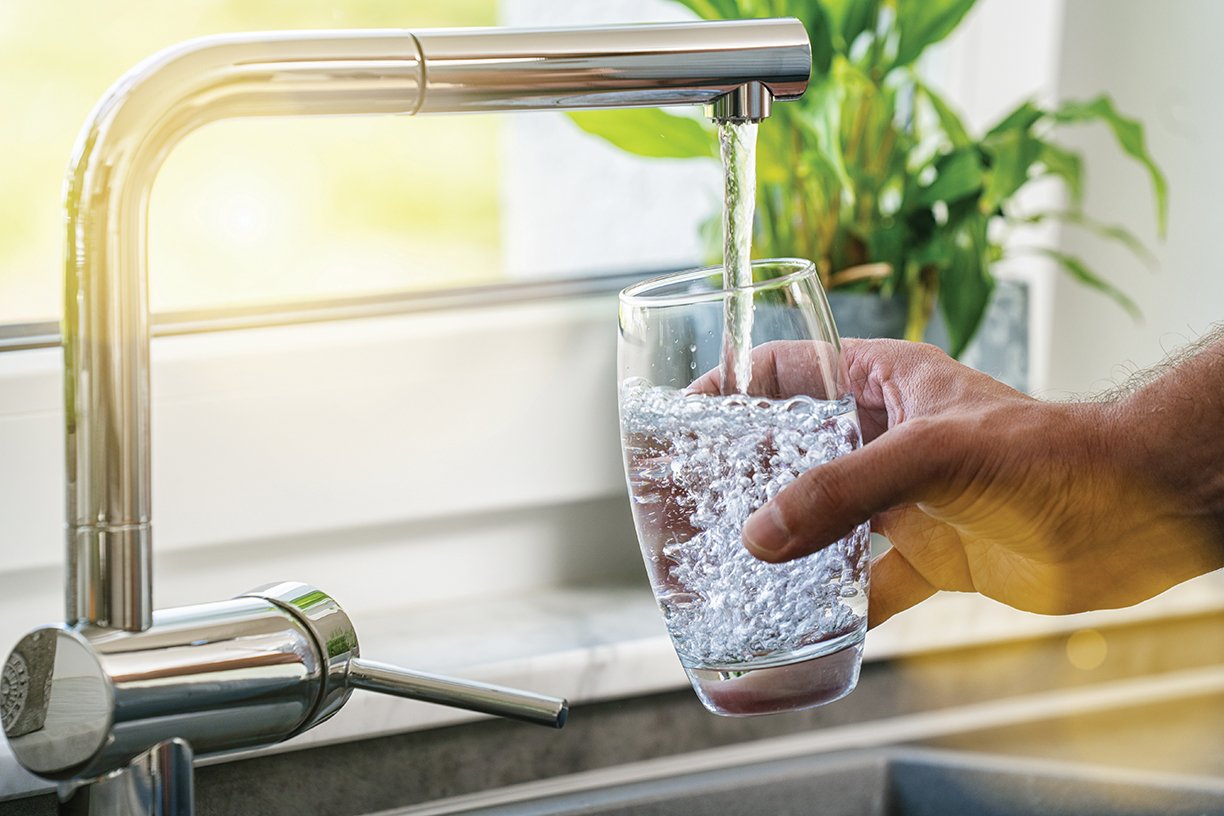
Pure Water
As the desire for healthy homes builds, so does interest in water quality. Filtration has become an important focus, according to experts at Kohler, who say more than 75 percent of customers already take measures to filter their drinking water. In January, Kohler introduced a four-stage reverse osmosis purification system designed to fit in the cabinet under the kitchen sink. The system reduces contaminants, including lead, mercury, chlorine, bacteria, virus, arsenic, copper, fluoride and more. With a capacity of 27.5 gallons per day, it would replace approximately 200, 16.9 oz. bottles of water.
Water Appliance
Sinks used to be, well, just sinks, until Rohl and other manufacturers elevated the status to “water appliance.” According to estimates, the kitchen sink used to be frequented 10 to 30 times a day. Now, after weeks of sheltering at home and a hyper-focus on handwashing, the sink is getting more use than ever and receiving lots of scrutiny regarding design, ease of use and even appearance.
“Kitchen sinks and faucets are on the front lines of keeping a home clean and safe — used continuously for food preparation, hand and dishwashing,” says Edyta Drutis, director, brand and communications, at Blanco North America. Blanco’s Silgranit stone-like sink material is nonporous, resistant to stains, scratches, chips, acid and heat. Acting as a shield against dirt and contaminants, it reduces bacterial growth by 98 percent. The hydrophobic surface pushes away dirt and water, so it drains easily and cleans with soap and water or baking soda.
When it comes to sinks, bigger continues to be better. Even before the pandemic, experts at the National Kitchen and Bath Association noted increased demand for large sinks to accommodate tasks as diverse as washing fresh produce and jumbo pans, to babies and the
occasional pup.
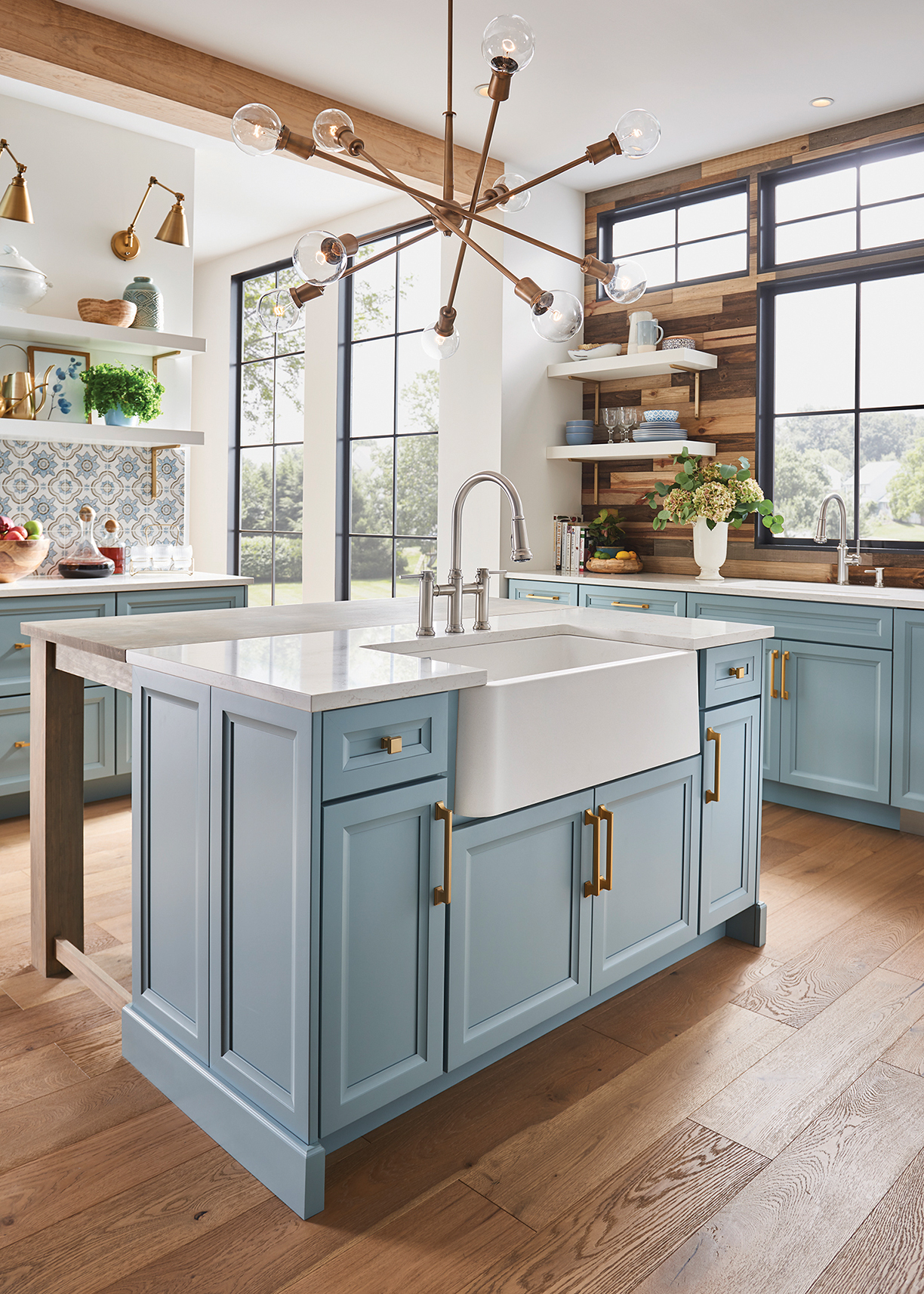
More Power Per Drop
Look for faucets designed to do more than deliver water. Lenova introduced a model that takes washing produce or the dog’s bowl to the next level by integrating ozone into the flow. Recognized as a safe, non-toxic way to kill viruses, bacteria, mold, yeast and algae within seconds of contact, aqueous ozone has been extensively tested and clinically proven, according to Lenova. Not only does it sanitize surfaces, but it can be used to wash produce, and it even removes pesticides.
Adding more cleaning power to each drop, particularly for sprays, is another objective for manufacturers. Kohler recently introduced options such as a faucet sprayer with nozzles aligned to create a forceful blade of water to sweep away stuck-on food. Another, a soft spray, preps berries without bruising. Moen optimized its sprays to deliver 50 percent more spray power while containing the splash — great for messy pots and messy hands.
Look Ma, No Hands!
Touch-free faucets have been around for a few years. In the first versions, sensors would activate the flow in response to a motion. Then, voice control was added. The most recent innovation enables homeowners to activate faucets via Alexa or Google Home. Turning the water on and off is only part of what U by Moen — a Best of KBIS 2020 winner — delivers. Instead, it can fill a baby bottle with just the right amount of water at the right temperature or load a pasta pot with precisely four quarts of hot water, freeing the cook for other tasks. Metered dispensing ranges from one tablespoon to 15 gallons, and temperature commands can be exact degrees or merely hot or cold. “Baby bottle” and other customizable presets simplify commands.
Hard As Glass
“Glass tiles are not porous and do not possess characteristics that allow or promote the growth or life of microbes, bacteria, or germs,” explains Jim Stevens, brand manager for Lunada Bay Tile. “Keep in mind that the grout between each tile is porous and does not have these same characteristics. However, grout is usually set down, below the top surface of the tiles, so direct contact is less likely. And grout could be sealed with an antimicrobial sealer to create a safe and sanitary surface.”
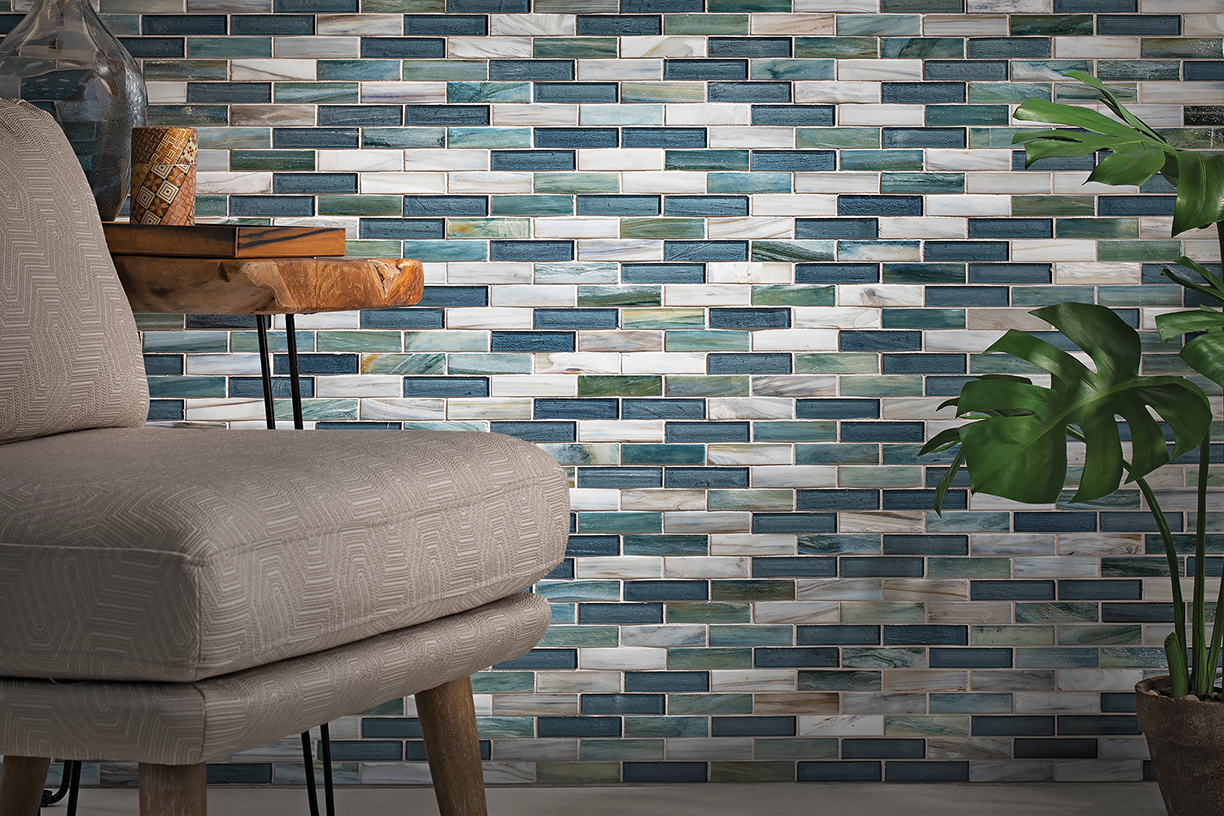
Glass tiles, which are nonporous, also mesmerize.


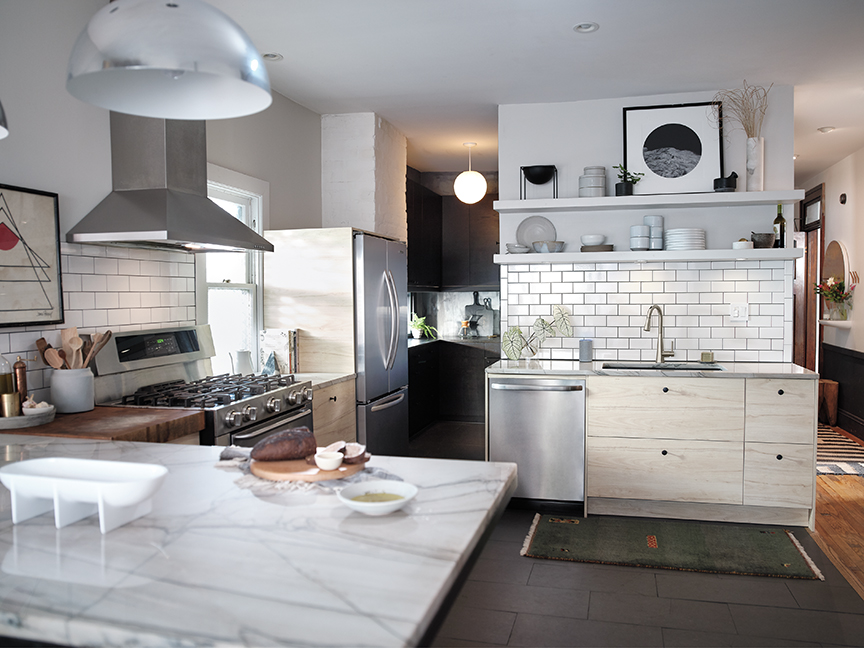
Leave a Reply